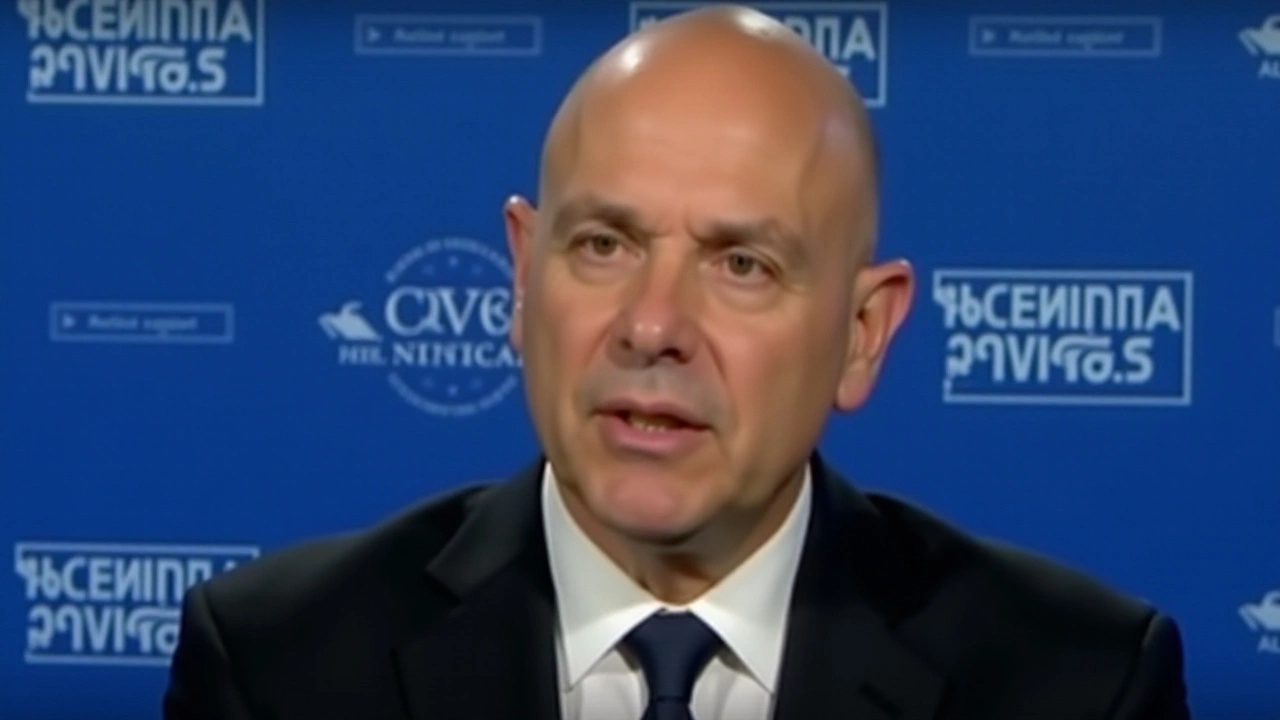Ceasefire: Latest news, what a deal really means, and why it matters
A ceasefire can stop the fighting overnight — or it can be the first shaky step toward a lasting peace. If you want clear updates instead of confusing headlines, this tag page collects our coverage, explains the terms you’ll hear, and tells you what to watch next.
What a ceasefire actually does
At its simplest, a ceasefire is an agreement to stop attacks for a set time. That can be a short humanitarian pause to get food and medicine in, a temporary halt to free hostages, or the start of negotiations for a long-term deal. Different parties define the rules differently: who withdraws, where forces stay, whether borders change, and who watches the truce.
Two things matter most on day one: whether both sides respect the pauses and whether neutral monitors — like the UN, regional mediators, or independent observers — can access the front lines. Without monitoring, violations are easy to deny and hard to prove.
What to watch after a ceasefire is announced
First, look for humanitarian access. Are aid convoys moving? Are hospitals operating safely? If aid gets through, lives are being saved. Second, check for hostage releases or prisoner swaps. Those are often central to public support for any deal. Third, watch for the political fallout within the parties involved — leaders can gain or lose support depending on how a deal is framed.
Finally, notice enforcement steps: are there international guarantees, third-party troops, or legal follow-ups? A ceasefire without verification tends to be fragile.
Take the recent Gaza ceasefire deal covered in our reporting: it included calls for hostage releases and used Egyptian mediation. That kind of regional broker can push a deal forward quickly, but it can also spark internal political pushback, which may delay or weaken the agreement.
If you live in a region affected by fighting, a ceasefire changes day-to-day life fast — curfews may lift, markets can reopen, and displaced people start thinking about returning. But reconstruction, justice, and long-term security are separate — and they take far longer than a temporary pause in fighting.
Want quick updates? We add new stories and analysis as events unfold. Use alerts and our tag feed to follow developments without getting overwhelmed by noisy commentary. Look for pieces that explain the guarantees, list the demands each side made, and track whether promised aid actually reached civilians.
Questions about specific deals or what a ceasefire means for a country you care about? Send us a note or check the linked stories under this tag for deeper reads and timelines. We’ll keep tracking the facts so you don’t have to sort them out alone.

